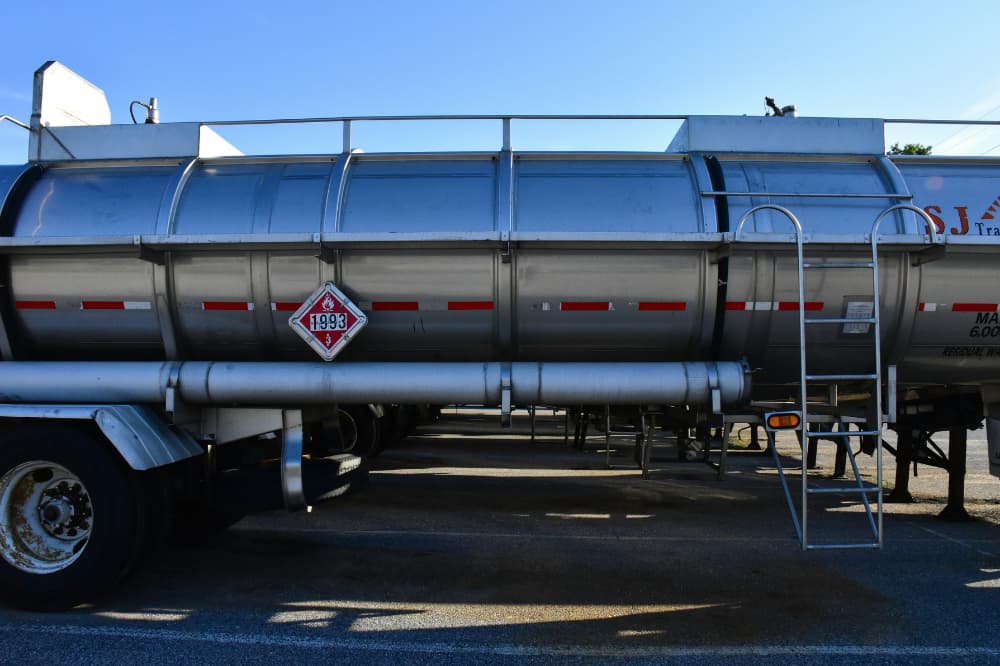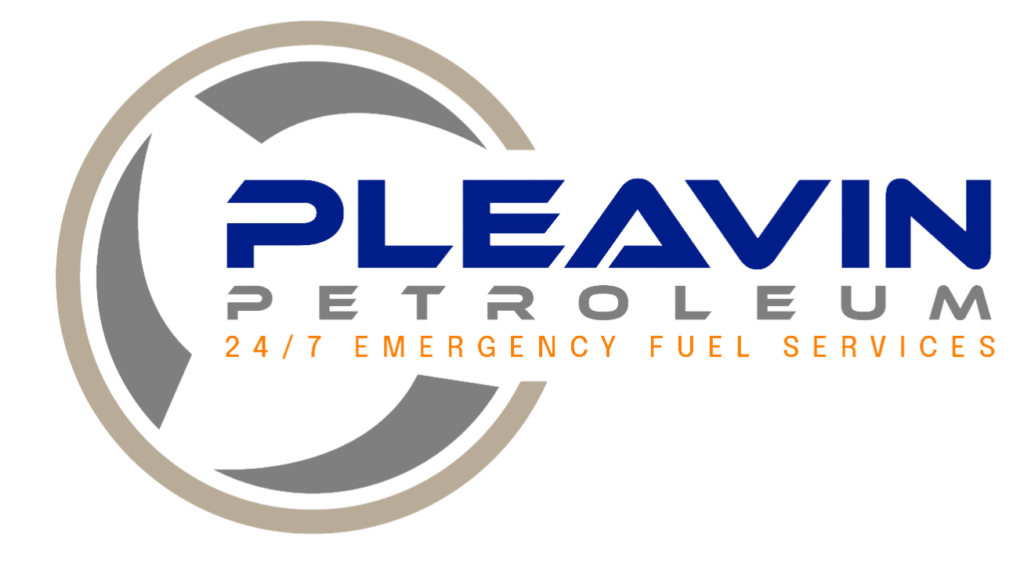Is Kerosene The Same as Paraffin?

When it comes to fuels being used in households and industrial settings, the terms “kerosene” and “paraffin” are most often used. However, are both fuels the same or do they have their differences?
In this blog, we will explore and improve our understanding of these two fuel types, exploring their properties, uses, and the factors that set them apart.
Understanding Kerosene
Kerosene is a hydrocarbon liquid derived from crude oil through a refining process known as distillation. It is considered a versatile heating oil that has been a key principle in homes, industries, and aviation for decades. In the UK, kerosene is used for heating purposes, especially in areas without access to natural gas.
The versatility of kerosene lies in its relatively low viscosity, making it easy to handle and burn efficiently. Kerosene consists mainly of hydrocarbons with carbon numbers ranging from 12 to 16, giving it a liquid state at room temperature. This is crucial for its use in lamps, stoves, and heaters, where a controlled and consistent burn is essential.
Properties of Kerosene
Kerosene is a transparent and colourless liquid with a unique scent. Its molecular structure consists of a mixture of hydrocarbons, primarily alkanes, which contribute to its combustible nature. The boiling point of kerosene typically falls within the range of 150 to 275 degrees Celsius, making it suitable for various applications such as a heating oil.
Common Uses of Kerosene
Kerosene is a highly versatile fuel product that is being applied in more industries and businesses across the UK. Below are some of the most common uses of kerosene:
Heating
One of the primary uses of Kerosene in the UK is for residential and commercial heating. Many households in the UK rely on Kerosene as heating oil for their heating systems, particularly if located in rural areas where other fuel options may be limited.
Lamp Oil
Kerosene has a long history of use as lamp oil, providing a steady and reliable source of lighting. Although electric lighting has become more prevalent, kerosene lamps are still utilised in certain situations, such as camping or as emergency lighting.
Jet Fuel
In the aviation industry, kerosene serves as the primary component of jet fuel as well as paraffin oil. Its high energy density and low freezing point make it an ideal choice for powering jet engines.
Understanding Paraffin
Paraffin comes in both liquid fuel and solid form and is used by a wide range of industries across the UK. It is a very versatile product and has a wide range of uses including heating oil, beauty products, candles, and medicines.
Properties of Paraffin
Paraffin shares many properties with kerosene, as it is essentially a type of kerosene. It is a clear and odourless liquid, with a similar molecular structure to kerosene. However, paraffin often undergoes additional processing to remove impurities and odours, making it more suitable for indoor use.
Common Uses of Paraffin
Paraffin has similar uses compared to kerosene and is also highly suitable for use in your business. Here are some of the key uses of paraffin below:
Indoor Heating
Paraffin is a high flash point oil and is a safe choice for indoor heating systems, such as portable heaters and stoves. Its clean-burning properties and reduced odour make it an ideal fuel for keeping homes warm during colder months.
Lamp Oil
Similar to kerosene, paraffin is commonly used in oil lamps. The purified form of paraffin is particularly favoured for indoor lamps, providing a consistent and low-odour light source.
Medical and Cosmetic Applications
Refined paraffin is also used in various medical and cosmetic products. It serves as a base for lotions, creams, and other skincare products due to its nature and ability to retain moisture.
Kerosene vs Paraffin: Identifying the Differnces
While kerosene and paraffin share similarities, they are not identical. The differences lie in their specific compositions and applications. Let’s explore some key differences:
Applications
Kerosene is widely used as heating oil for homes, oil for powering lamps, and as fuel for jet engines. Its clean and efficient burn makes it suitable for both indoor and outdoor applications. It is also a common choice for portable stoves, space heaters, and lamps due to its stable combustion and manageable flame.
Paraffin’s applications are known to be more diverse, depending on what form it is in. When in a liquid form, paraffin is used in medical and cosmetic products, such as lotions, and creams, and as a laxative. It is also suitable for certain types of lamps and heaters.
Paraffin oil can also be found in a wax form and is often used in candle-making, coatings, sealing, and various industrial applications. Paraffin wax is solid at room temperature and has a low melting point, making it versatile in different processes.
Properties
Kerosene is known for being clean and efficient when burning by producing a steady flame with minimal smell and dust. The fuel also has a relatively low viscosity making it a lot easier to handle and burn.
In liquid form, paraffin’s properties are found to be clear, colourless, and odourless. It is often used for its lubricating properties in medicinal and cosmetic products. Also, when in wax form, paraffin wax is often solid at room temperature, melts at a low temperature, and can be easily moulded.
Chemical Composition
Kerosene is primarily made up of hydrocarbons with carbon numbers ranging from 12 to 16. These hydrocarbons contribute to its relatively low viscosity and make it a liquid at room temperature. The specific composition of kerosene can vary depending on its source and refining process.
However, Paraffin oil is a broad term that encompasses a group of saturated hydrocarbons derived from petroleum or shale oil. It includes liquid paraffin, paraffin wax, and other related substances. The chemical formula of liquid paraffin differs from that of kerosene, and it may have a narrower range of carbon numbers.
Kerosene and Paraffin at Pleavin Petroleum
If you are looking to purchase kerosene or paraffin for your business, the team here at Pleavin Petroleum are dedicated to providing you with cost-effective fuels and oils across the UK. We offer a same-day delivery service meaning that you can receive your order within 24 hours of placing your order, helping your business stay on track. Make Pleavin Petroleum your number-one fuel provider today!

